
- English
- ePUB (mobile friendly)
- Available on iOS & Android
Periodontology at a Glance
About This Book
Periodontology at a Glance
Valerie Clerehugh, Aradhna Tugnait and Robert J. Genco
Periodontology at a Glance adds another dentistry title to this popular series. It provides readers with an easy-to-use tool to assimilate the key information about periodontics by illustrating each topic with a double-page spread that encapsulates essential knowledge.??Clear diagrams and clinical pictures are accompanied by succinct text, providing a highly visual format to facilitate ease of learning. Suggestions for further reading are provided selectively where appropriate, and the authors present a useful distillation of the salient research literature.
Structured over 43 topics, Periodontology at a Glance covers:
- Anatomy of the periodontium
- Aetiology, diagnosis and classification of periodontal diseases
- Surgical and non-surgical therapies
- Patient management
- Risk factors, including systemic disease
Periodontology at a Glance provides a brief but comprehensive overview of periodontology. It will be a popular and useful resource for dentistry students, qualified dentists seeking a refresher, and other dental professionals.
Frequently asked questions
Information
1
Anatomy of the periodontium
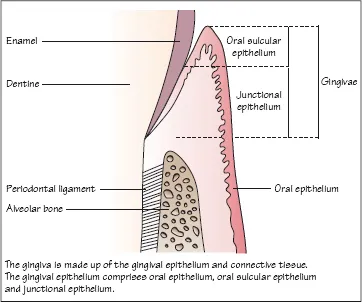
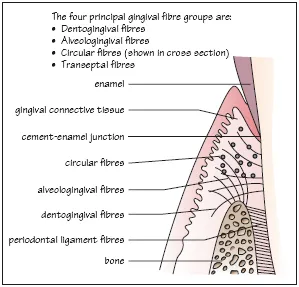
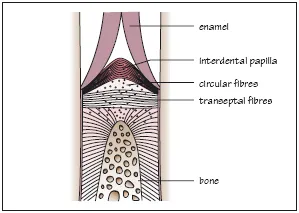
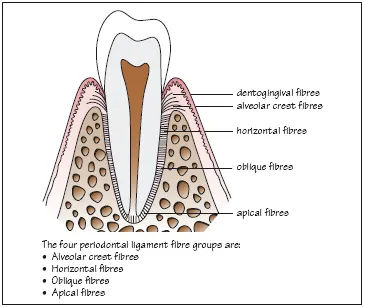
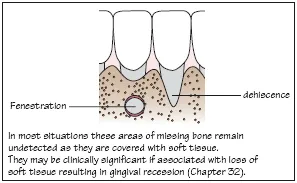
Table of contents
- Cover
- Contents
- Title
- Copyright
- Preface
- Acknowledgements and Dedications
- 1: Anatomy of the Periodontium
- 2: Classification of Periodontal Diseases
- 3: Periodontal Epidemiology
- 4: Role of Plaque in the Aetiology of Periodontal Diseases
- 5: Plaque Microbiology
- 6: Calculus
- 7: Host Defences
- 8: Development of Periodontal Diseases
- 9: Progression of Periodontal Diseases
- 10: Risk and Periodontal Diseases
- 11: Systemic Risk Factors for Periodontal Diseases
- 12: Periodontal Diseases and General Health
- 13: Diet and Periodontal Diseases
- 14: Local Risk Factors for Periodontal Diseases
- 15: Occlusion and Periodontal Diseases
- 16: Periodontal History, Examination and Diagnosis
- 17: Periodontal Screening
- 18: Role of Radiographs in Periodontal Diagnosis
- 19: Principles of Periodontal Diagnosis and Treatment Planning
- 20: Plaque Control and Non-surgical Periodontal Therapy
- 21: Patient Communication in Dental Care
- 22: Periodontal Tissue Response, Healing and Monitoring
- 23: Role of Antimicrobial Therapy in Periodontal Diseases
- 24: Periodontal surgery
- 25: Types of Periodontal Surgery
- 26: Regenerative Periodontal Therapy
- 27: Bone Defects and Furcation Lesions
- 28: Dental Implants and Peri-Implantology
- 29: Periodontic–orthodontic Interface
- 30: Plaque-Induced Gingivitis
- 31: Non-Plaque-Induced Gingival Conditions and Lesions
- 32: Gingival Recession
- 33: Gingival Overgrowth
- 34: Chronic Periodontitis
- 35: Aggressive Periodontitis
- 36: Periodontal Management of Patients Who Smoke
- 37: Periodontal Management of Patients with Diabetes
- 38: Necrotising Periodontal Diseases
- 39: Periodontal Abscess and Periodontic–endodontic Lesions
- 40: Periodontal Diseases in Children and Adolescents
- 41: Periodontal Management of the Older Adult
- 42: Team Working in Dental Care
- 43: The Decision to Treat or Refer Periodontal Patients
- Appendix: References and Further Reading
- Index